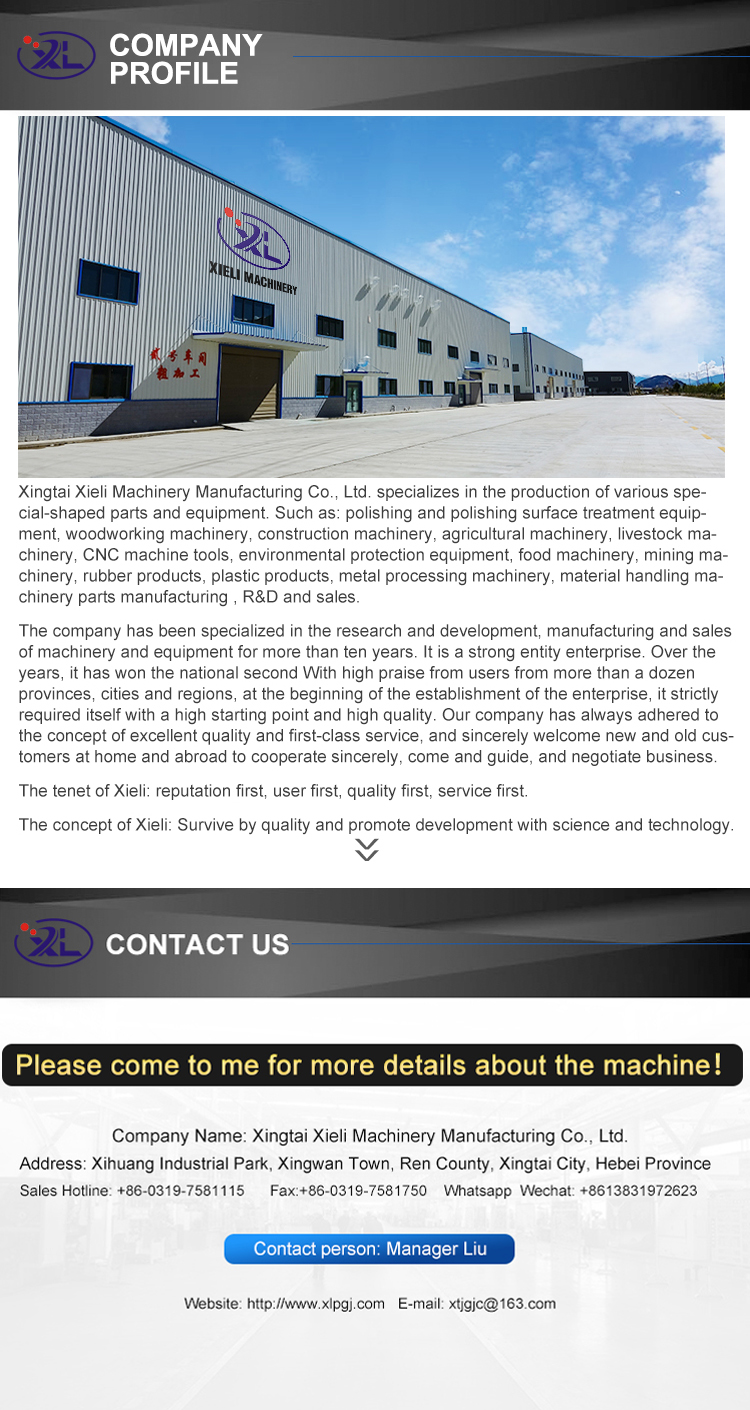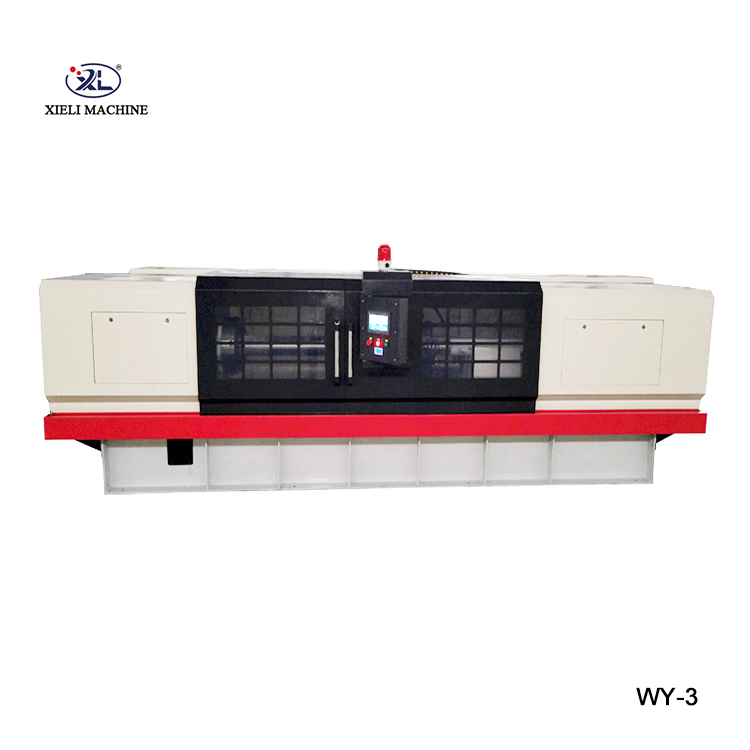High-Quality Ovality in Centerless Grinding
Centerless grinding is a crucial process in the manufacturing sector, especially for producing high precision cylindrical components. It plays a significant role in achieving tight tolerances, surface finishes, and specific geometrical requirements. One of the key aspects of centerless grinding is the ability to maintain high-quality ovality in parts, which directly influences the performance and reliability of finished products. In this article, we will explore the factors affecting ovality in centerless grinding and the methods to achieve superior results.
Understanding Ovality
Ovality refers to the deviation of a circular shape from a perfect circle, commonly measured in terms of the length difference between the major and minor axes of an ellipse. In cylindrical components, achieving minimal ovality is critical for ensuring the proper fit and function of mechanical parts. A part with significant ovality may lead to improper functioning of assemblies, increased wear and tear, vibrations, and ultimately, failure.
Factors Influencing Ovality in Centerless Grinding
1. Setup and Machine Condition The initial setup of the grinding machine significantly influences ovality. Ensuring the workpiece is correctly positioned in the grinding wheel’s center line and maintaining the proper height can reduce irregularities. Additionally, the condition of the grinding wheels, including wear and tear, must be regularly monitored and replaced when necessary to maintain performance standards.
2. Wheel Specifications The type and specification of the grinding wheel can also affect the ovality of the workpiece. Different materials, grits, and bond types can influence the grinding process. Bond types (such as vitrified, resin, or rubber) offer different properties in terms of flexibility and cutting efficiency, impacting how material is removed from the workpiece.
3. Workpiece Material The hardness and composition of the workpiece material play a vital role in the grinding process. Harder materials may require different grinding parameters, such as increased wheel speed or different feed rates, to achieve the desired finish and minimize ovality.
4. Coolant Usage Proper cooling during the grinding process is necessary to prevent thermal deformation of the workpiece. Machine operators should ensure that an adequate coolant flow is maintained to dissipate heat and maintain consistent grinding conditions.
5. Operator Skill The experience and skill level of the machine operator can significantly impact the ovality outcome. Knowledge of the machine settings, monitoring of the process, and adjustments in response to real-time feedback are essential to achieving high-quality results.
high quality ovality in centerless grinder

Achieving High-Quality Ovality
To ensure high-quality ovality in centerless grinding, manufacturers can implement several best practices
1. Regular Maintenance Conducting preventive maintenance on centerless grinding machines can help ensure that all components are functioning correctly. Regular checking of alignment and calibration can prevent issues that lead to ovality.
2. Precision Measurement Tools Utilizing advanced measurement tools, such as laser interferometers or vision systems, allows for real-time monitoring of ovality during the grinding process. This data can help operators make necessary adjustments promptly.
3. Optimized Grinding Parameters Determining the appropriate grinding parameters—such as wheel speed, feed rate, and depth of cut—based on the specific materials being used can substantially improve the consistency of the ground parts.
4. Process Variation Control Maintaining control over variations during the grinding process is crucial. This might involve using statistical process control techniques, which allow operators to collect data, understand trends, and adjust processes accordingly.
5. Material Handling Proper handling and fixturing of the workpieces during the grinding process can prevent unnecessary movement and misalignment, which can contribute to ovality issues.
Conclusion
Achieving high-quality ovality in centerless grinding is essential for the production of precision components that meet stringent quality and performance standards. By understanding the factors that influence ovality, employing optimal practices, and utilizing modern measurement technologies, manufacturers can enhance the reliability of their products. Ultimately, continuous improvement in centerless grinding processes can lead to better performance, reduced manufacturing costs, and greater customer satisfaction.





